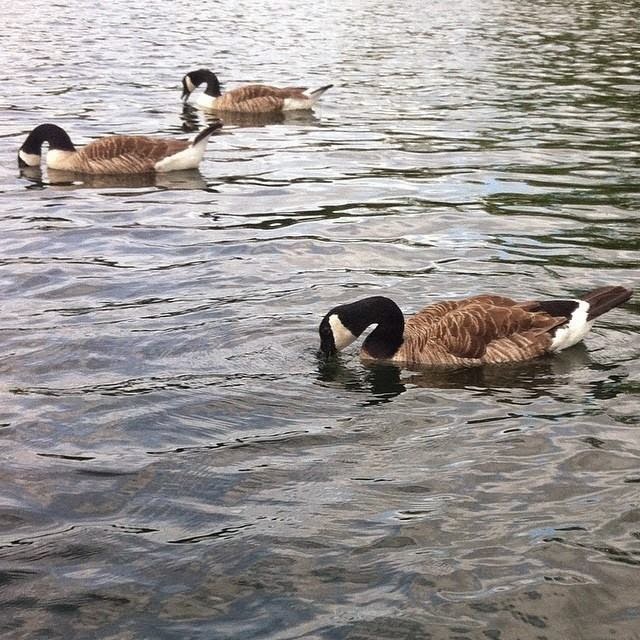 I got the chance to work with Mr Rose himself organising and
going through all his archive dating back to the 1950s. He is very inspiring and
passionate about textiles and took the time to talk me though the archive. I
also got the chance to interview him which helped me learn a bit more about the
textile industry and how textile courses compare to 60 years ago. I found it
interesting how textile courses in the 1950s were more about the machinery,
construction and pattern. My observation
of current textiles courses is that they are less to do with construction and focus
more on the artistic side.
I got the chance to work with Mr Rose himself organising and
going through all his archive dating back to the 1950s. He is very inspiring and
passionate about textiles and took the time to talk me though the archive. I
also got the chance to interview him which helped me learn a bit more about the
textile industry and how textile courses compare to 60 years ago. I found it
interesting how textile courses in the 1950s were more about the machinery,
construction and pattern. My observation
of current textiles courses is that they are less to do with construction and focus
more on the artistic side.
 Why did you decide to go into the Textiles Industry?
Why did you decide to go into the Textiles Industry?
Because my father had been in it. My father had started in
the pyjama business in 1926. As you may have seen and I came into the business
in 1953, after school I went and studied textiles in Salford and then came into
the business from there. I decided I like the textile business and if you don’t
like what you’re doing, you shouldn’t be doing it.
What kind of techniques did you learn in your textile
degree?
We actually learnt about everything, even the raw cotton. We
all had the machinery in Salford, we had the Hopper Bail Breaker carding
machine and all the spinning machinery and looms. We had the normal plane loom.
We used to weave our own fabrics. We would make our own designs on graph paper
and then convert that into a dobby design. Then we knocked the pegs into the
things that went round the dobby loom. The way it worked was it would lift the
warp threads and that’s why your design was made on graph paper, so that every
little square if it was coloured in, it was a peg to lift the warped threads.
And so the design was made and don’t forget I’m talking about the 1950s, so I’m
talking about 60 years ago, so lots of the machinery you get today didn’t exist
back then.
Why did your father decide to go into the textile industry?
In the First World War. He was working in aircraft factory
covering airplanes in fabric. It was a sort of cloth and then after the war, he
decided to go into a shirt factory. He met a gentleman that became his working
partner. They left the shirt factory and started a business of their own. So In
1926, they decided to make pyjamas because there weren’t many people making
them.
Were there any difficulties with your father’s business?
To succeed in anything, it’s going to be difficult. Nothing
is easy, but my father worked hard at it, and succeeded it and they made a name
for themselves. We became the biggest name in pyjamas at the time. My father
and his partner carried on the business from 1926 to about 1971 and then he
sold the business and I started my own business with my brother-in-law, which
is this business, and so all my working life I have been in the nightwear
business.
How do you choose the
colours for the pyjamas?
What we do is, we take colours that we think are going to be
commercial. If you are not commercial. You won’t sell. I mean, you don’t sell
the colour brown in pyjamas, right! It’s a no-no. So we don’t do brown in
pyjamas that is as an example. Blue is your number one, then all the other
colours follow on.
Your quite famous for your blue aren’t you?
Well blue is especially for a man. Men will have any colour
you’ll get them as long as it’s blue. We found that women were buying more
men’s pyjamas, then men were buying. Women were buying them for their husbands,
boyfriends and fathers as gifts for Christmas, birthdays or general presents.
So we decided to make the designs to attract the eye of the woman rather than
the man, because the man, buying clothes is very boring for them and very
conservative. Men would buy blue and blue and blue and blue. Boring! So we made
a lot of multi coloured designs and nice designs that would attract the woman
buying them and is still does. So we have both sets of pyjamas. We have the
basic blues and white etc, but then we also have the multicoloured fancy and
print designs. These are the things that have developed over the past 40 years.

















.JPG)











